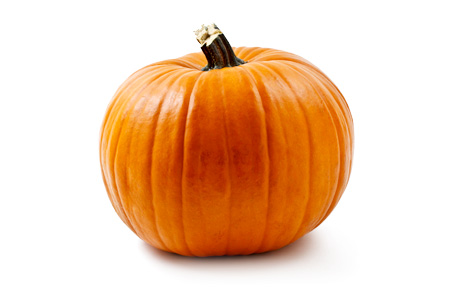I have a love-hate relationship with shopping. I love getting new clothes and new shoes or anything really, but hate the process and hate spending money. And no matter how much I buy, there is always something else I want or think I need. It's never ending and exhausting.
Marketers outline a consumer buying process that people go through when buying products. Not all products require the entire lengthy process, but the steps are as follows:
- Recognize a problem or a need
- Information search – this involves both internal and external searches
- Alternative evaluation – weighing your options
- Purchase decision
- Post-purchase evaluation

For specialty products, more expensive products that we make a special effort to seek out and buy, this whole process is usually necessary. This would be called extended problem solving. But for convenience goods like everyday necessities, we as consumers often recognize a need, use internal information to recall past experiences and then make a purchase. We skip the external information search, which is asking friends or researching different brands and weighing our options and go straight to the purchase. It’s usually quick and easy. In between these two extremes, there is limited problem solving where we may need to converse with a couple friends for their opinion and gather a little bit more information before we make our final decision.
Now, these are the normal routes for consumers, however, I as a consumer am very indecisive. It seems like store and compare brands of granola bars, hair products, cereals, toothbrushes, water bottles, and can never make up my mind. I am almost to the end of my shampoo and conditioner and am going to need to buy more soon. Instead of just going to the store and choosing the same brand I have or making a simple choice, I already starting looking up brands online. I even searched on Google, “the best shampoo for your hair” and looked at many reviews. I tested out some of my friend’s shampoos this week to see if I liked theirs. It’s not even a big purchase, but I still have gone to extensive lengths to gather information and still don’t know what shampoo I want! And my time is winding down.
for everyday items that are normally easy for people to make up their mind about, I struggle to decide on. I stand in the isles of
I’m having so much trouble deciding on shampoo, but last week I impulse bought a very expensive pair of boots. I normally would not do this so it was very out of character. It’s just interesting to think that I saw these boots, quickly decided I wanted them and went for it. Thinking about it, it’s probably hard for marketers to understand consumers when were so unpredictable. It’s interesting how sometimes marketers have to put in all this effort to promote and sometimes deceive people into buying their product and other times it requires no work on their part.
I think what made me buy the boots so quickly was the brand name. I bought them from TJ Maxx, but when I saw they were Lucky Brand, I liked them even more. And I trust that brand to be good and authentic. I associate them with being long lasting and worth the money. I just think its weird how quickly I decided that and didn’t even realize it until I’m analyzing it now. How people view brands has a very large impact on how successful a company is. I think it is very important to have a positive reputation for your brand and good associations with it. I know it definitely influences my purchasing decisions!
References:
https://julieaskewblog.wordpress.com/marketing-principles/competitive-advantage/
https://rugsestudentblog.wordpress.com/2012/12/13/decisions-decisions/








